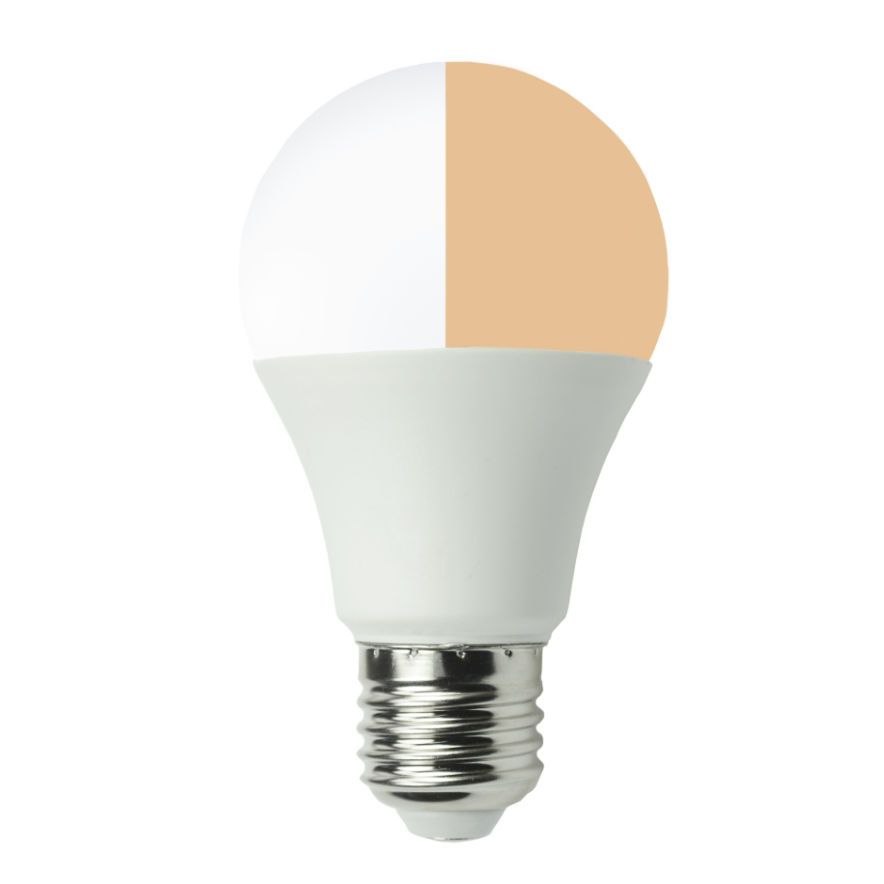Volt
The volt defines the tension of an electric line.
Below are the most frequently asked questions about volt:
The volt defines the tension of an electric line.
The tension in the power line (copper) defines the number of amperes that can be transported and almost builds the framework for transmission. The higher the tension, the further the current can be transported. A comparison with a water hose: volts here are the water pressure or flow speed, and the amperes here are the amount of water that is being transported.
Like amperes, volts belong to the electromagnetic field that always arises as long as a line transports current. These fields are categorized as low-frequency.

Volt in building biology and in practice
Building biology deals with the power situation when analyzing electrosmogElectrosmog is a colloquial term for all emissions from electric, magnetic, and electromagnetic fields. More, and consequently, with volts. Tension fields that are in the walls, boxes, and on the bed because of existing power lines are measured in volts per meter. These tension fields affect people and interrupt the communication between the brain and the cells, which disturbs recovery that is so important to the body. The consequences of this are health problems.
You can very easily get protection from existing tension fields with the mains disconnector or with groundingGrounding is an electrically conductive connection with the electric potential of the ground. More from the shieldingShielding is the protection from the effects of external fault zones and environmental influences (on a person's health most of the time). More paint or shielding mesh.
More on volts and low-frequency on PROnatur24






















